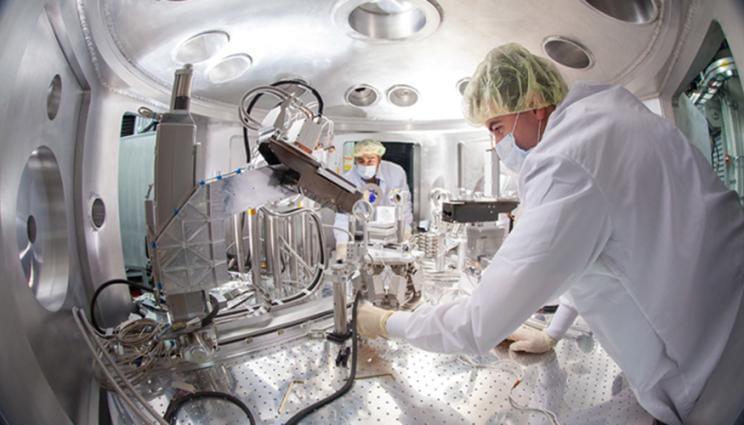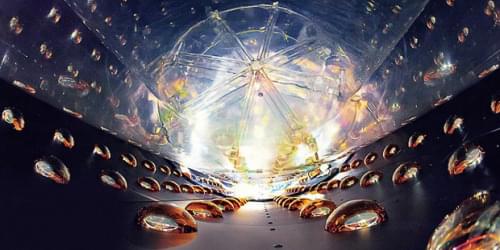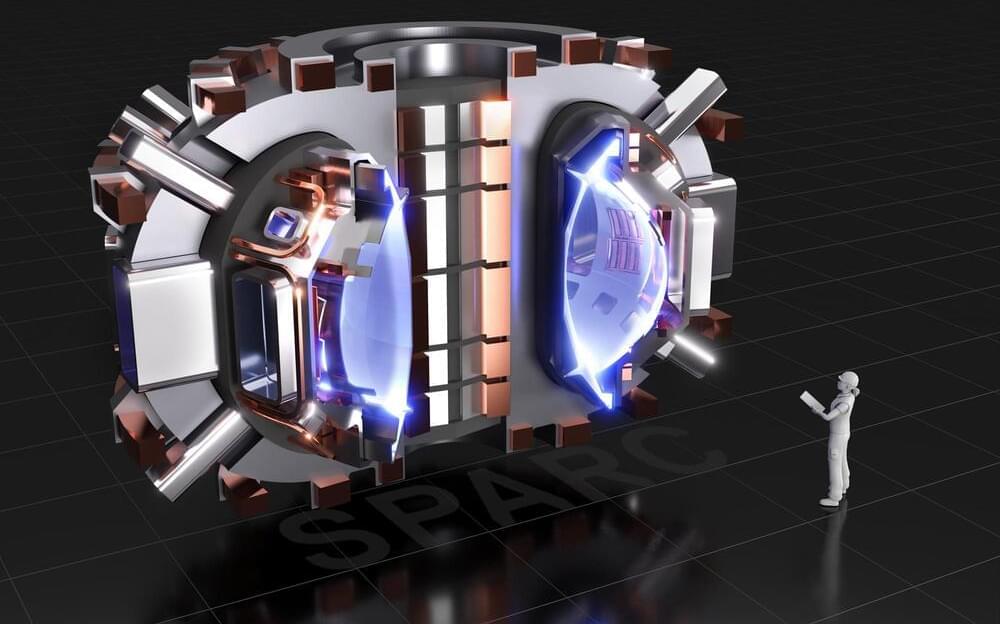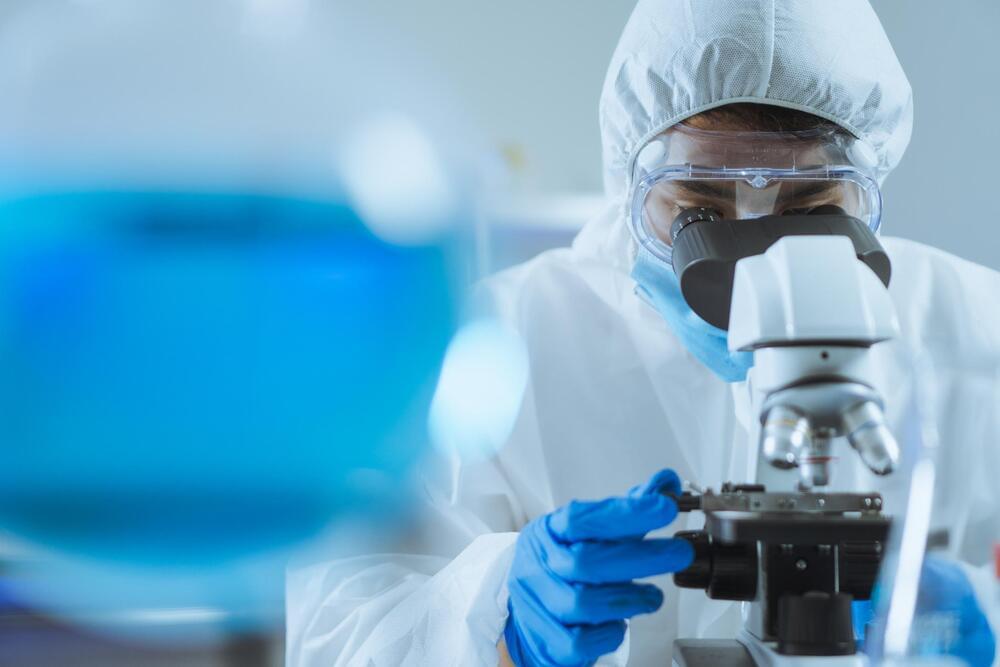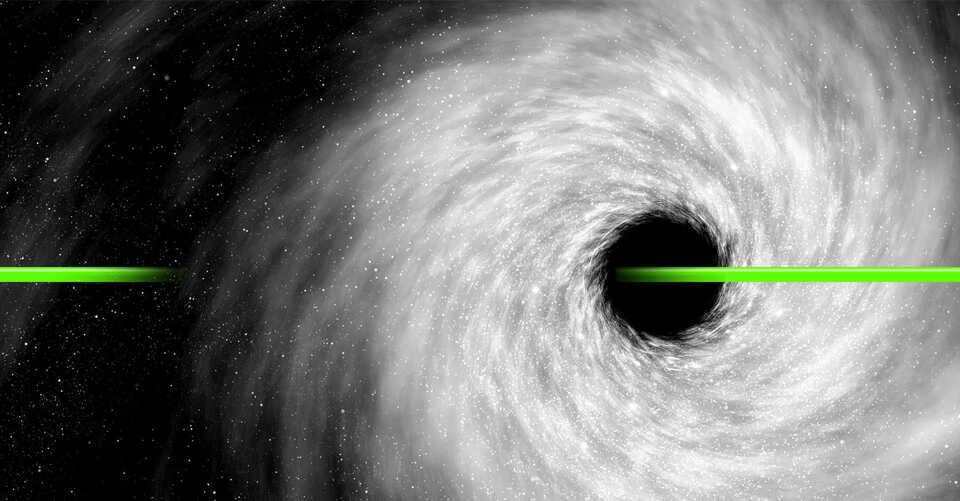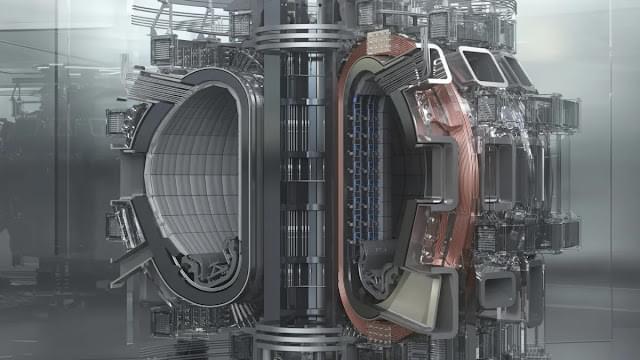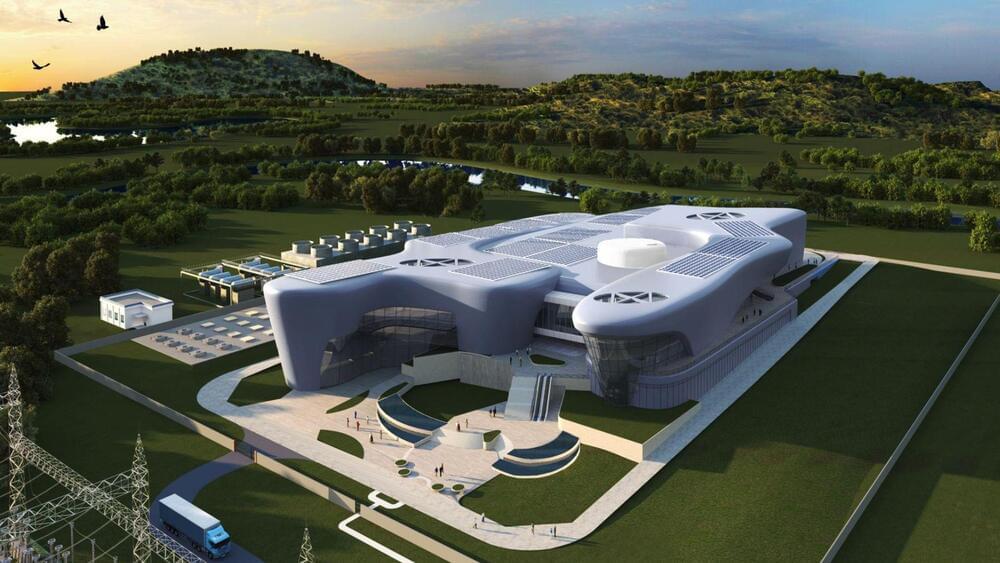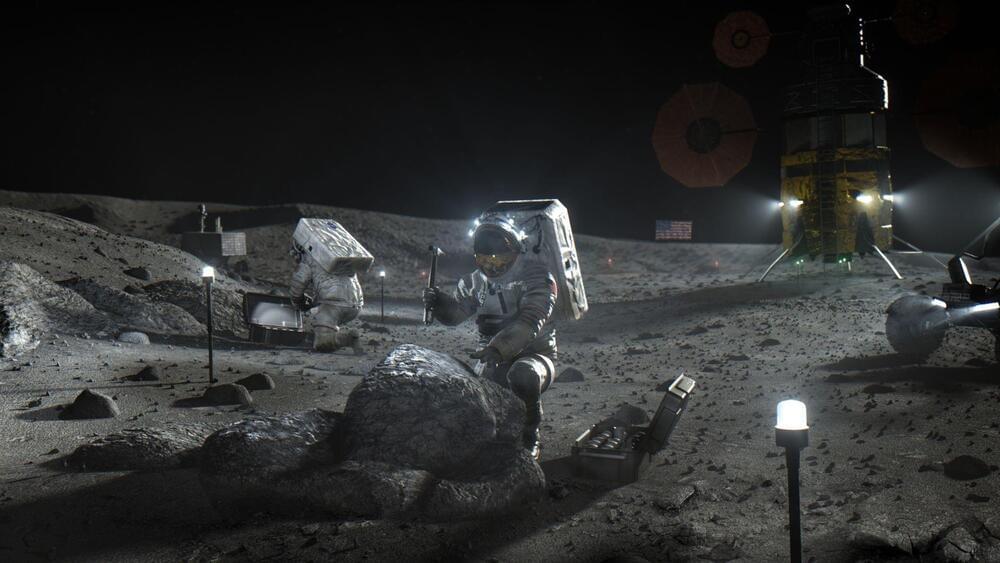Jan 14, 2023
LLNL constructing high-power laser for new experimental facility at SLAC
Posted by Shubham Ghosh Roy in categories: nuclear energy, physics
Lawrence Livermore National Laboratory’s decades of leadership in developing high-energy lasers is being tapped to provide a key component of a major upgrade to SLAC National Accelerator Laboratory’s Linac Coherent Light Source (LCLS).
Over the next several years, LLNL’s Advanced Photon Technologies (APT) program will design and construct one of the world’s most powerful petawatt (quadrillion-watt) laser systems for installation in an upgraded Matter in Extreme Conditions (MEC) experimental facility at LCLS, funded by the Department of Energy’s Office of Science-Fusion Energy Sciences program.
The new laser will pair with the LCLS X-ray free-electron laser (XFEL) to advance the understanding of high-energy density (HED) physics, plasma physics, fusion energy, laser-plasma interactions, astrophysics, planetary science and other physical phenomena.
